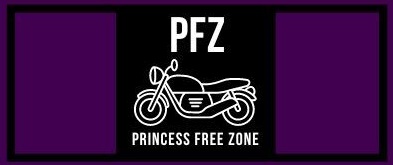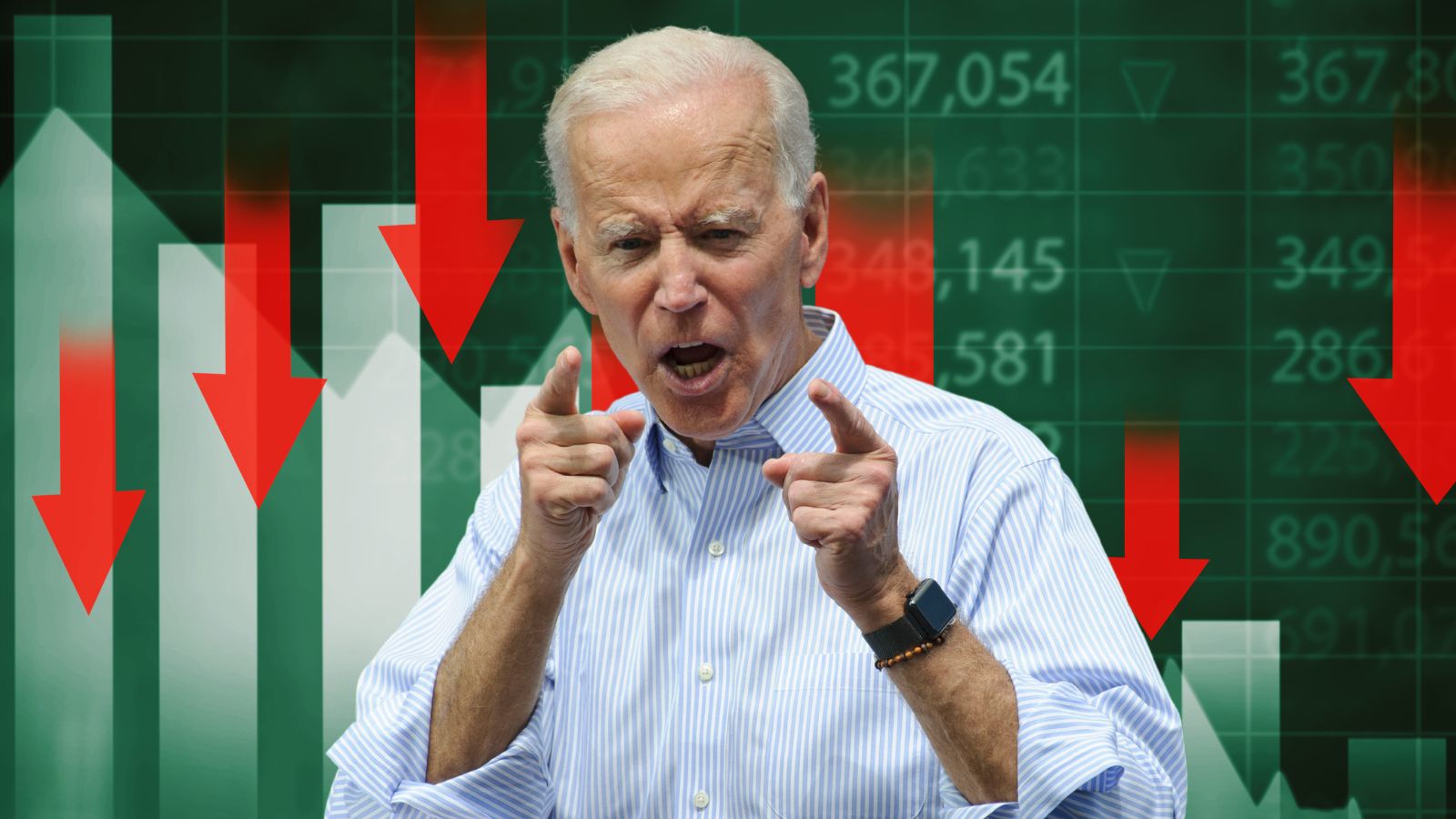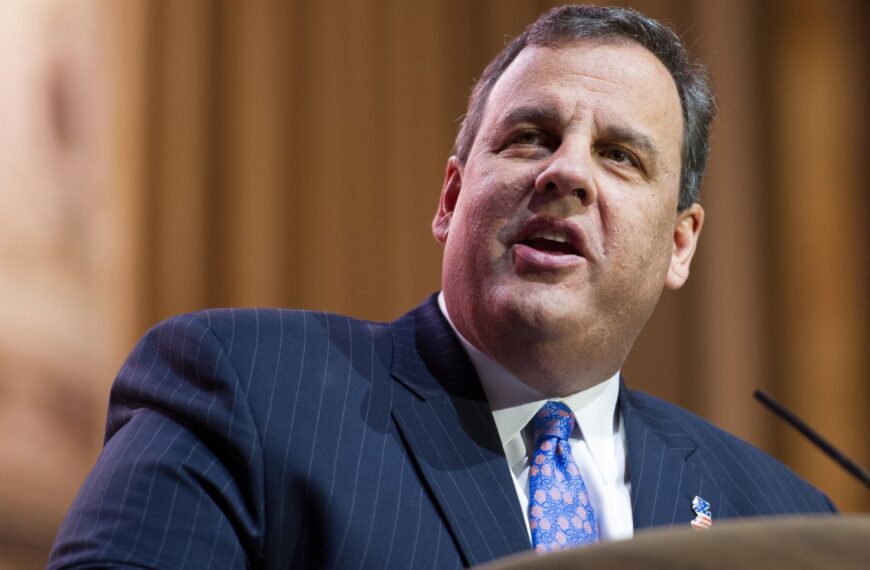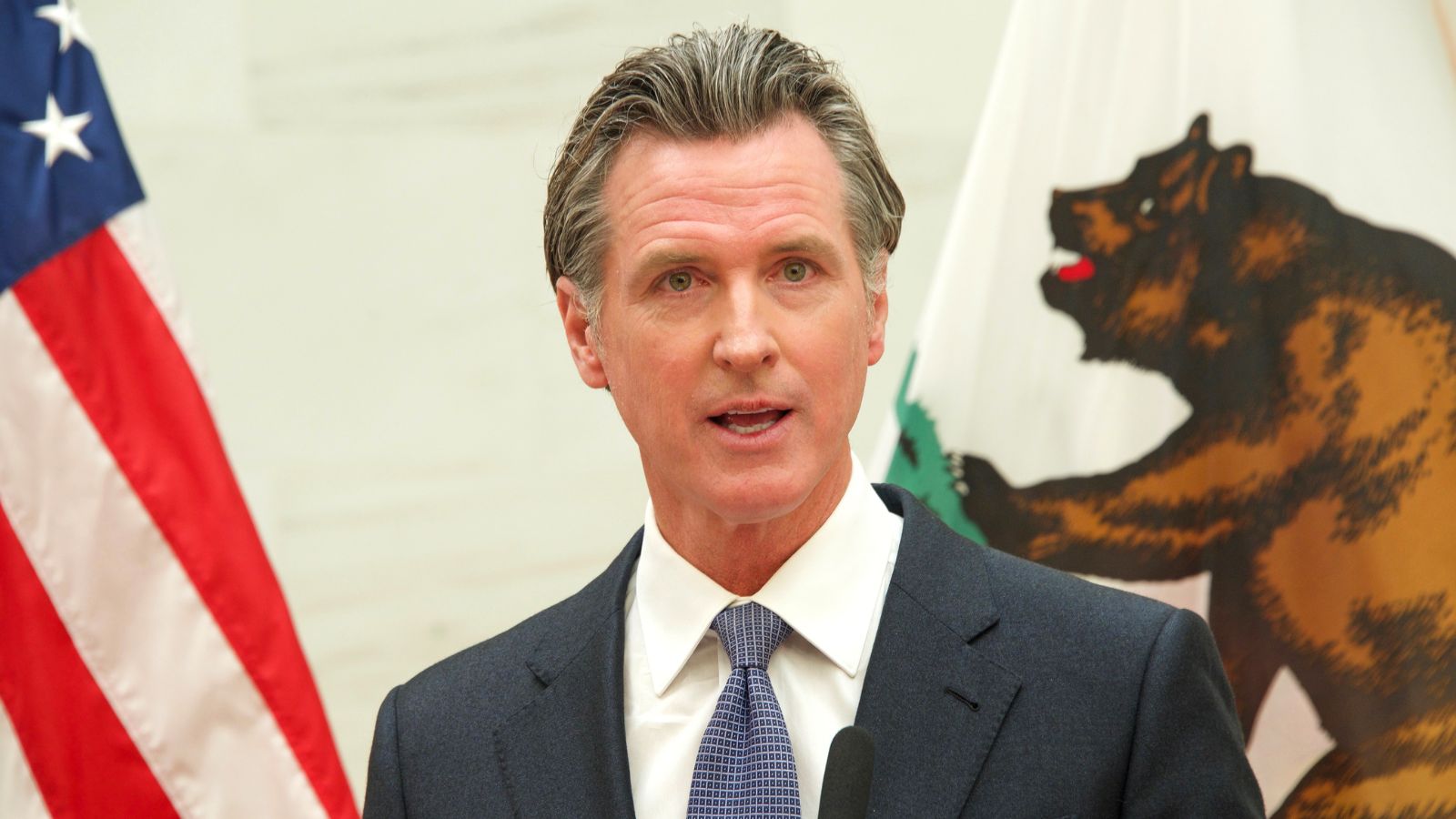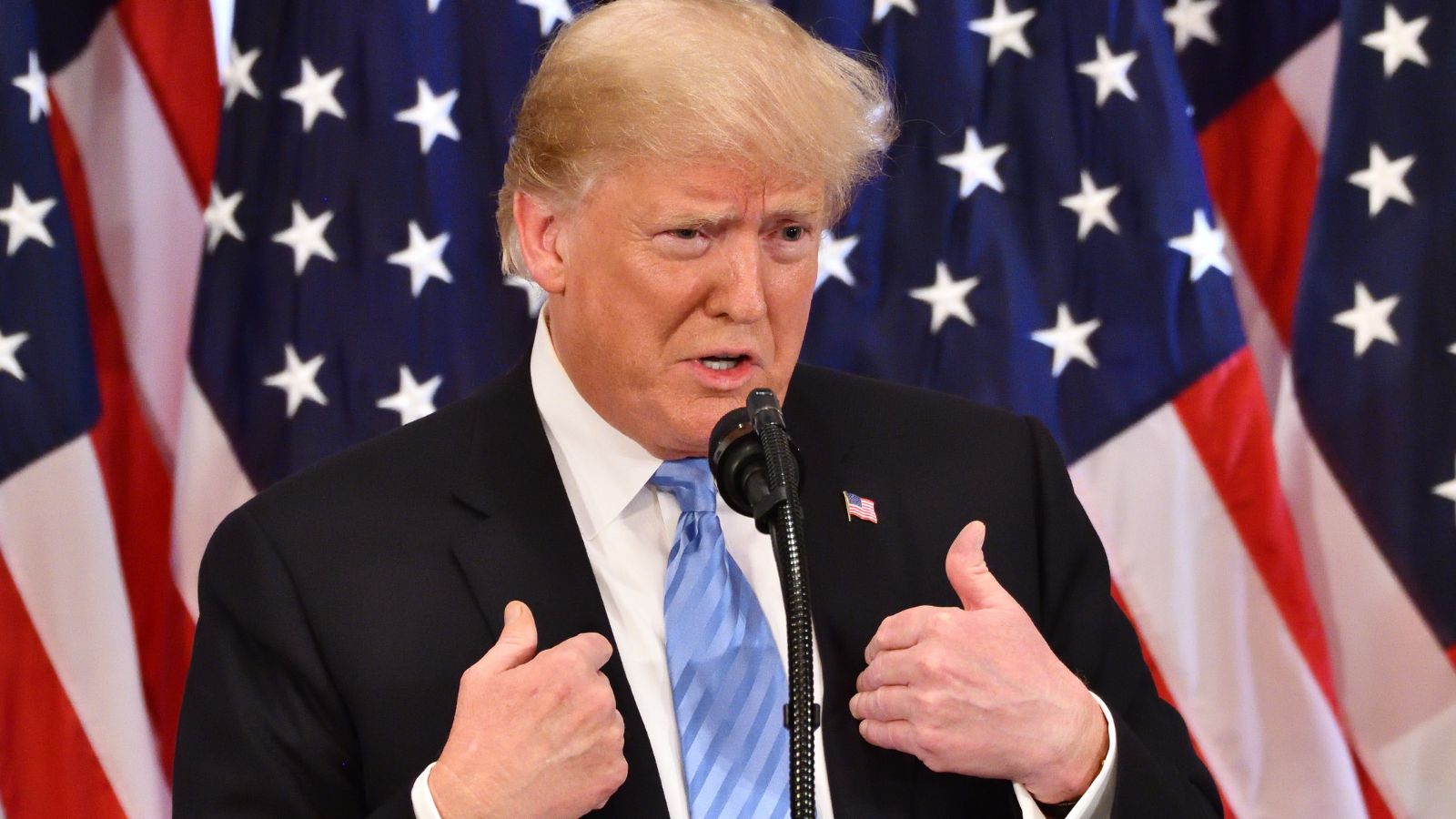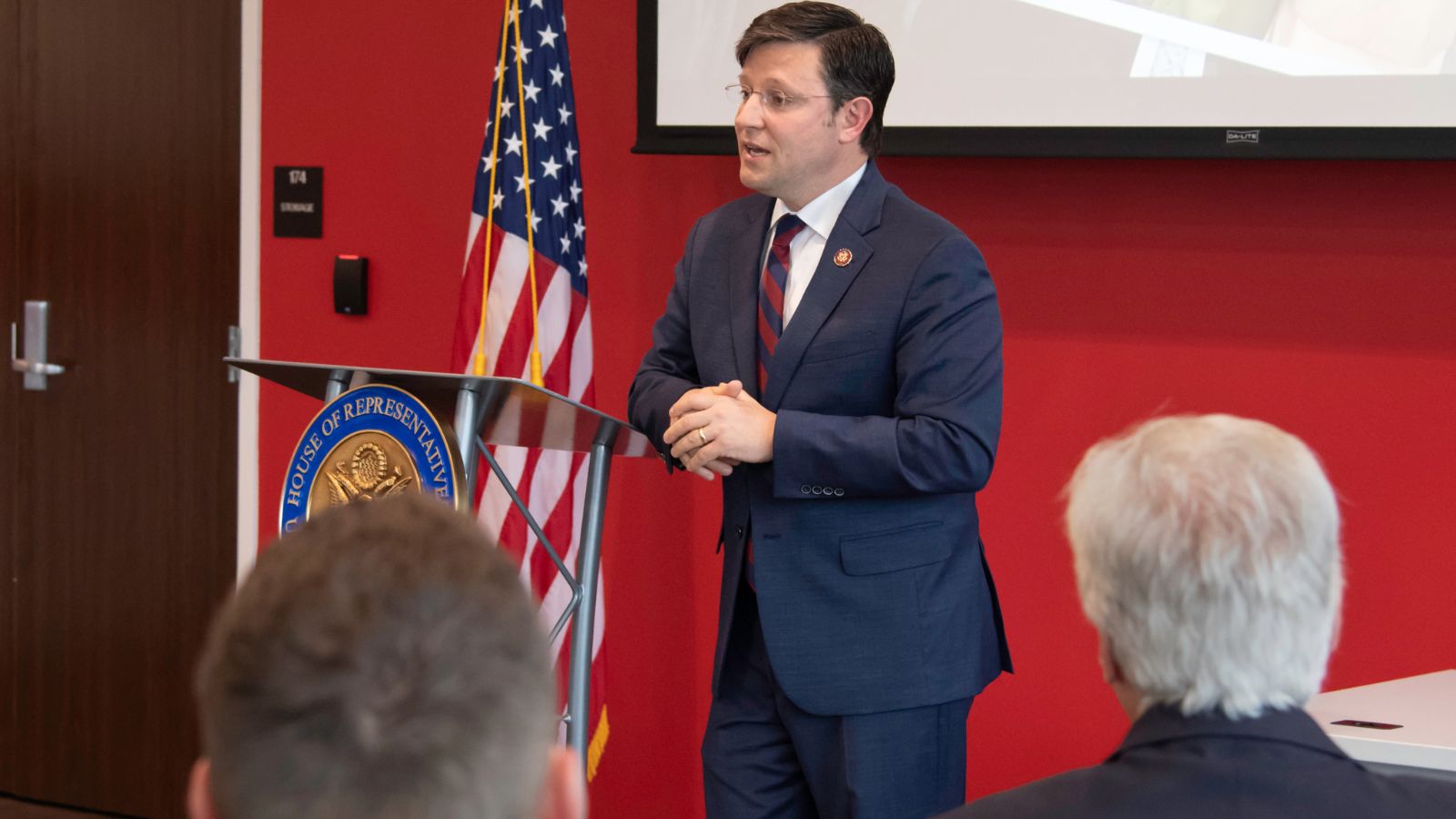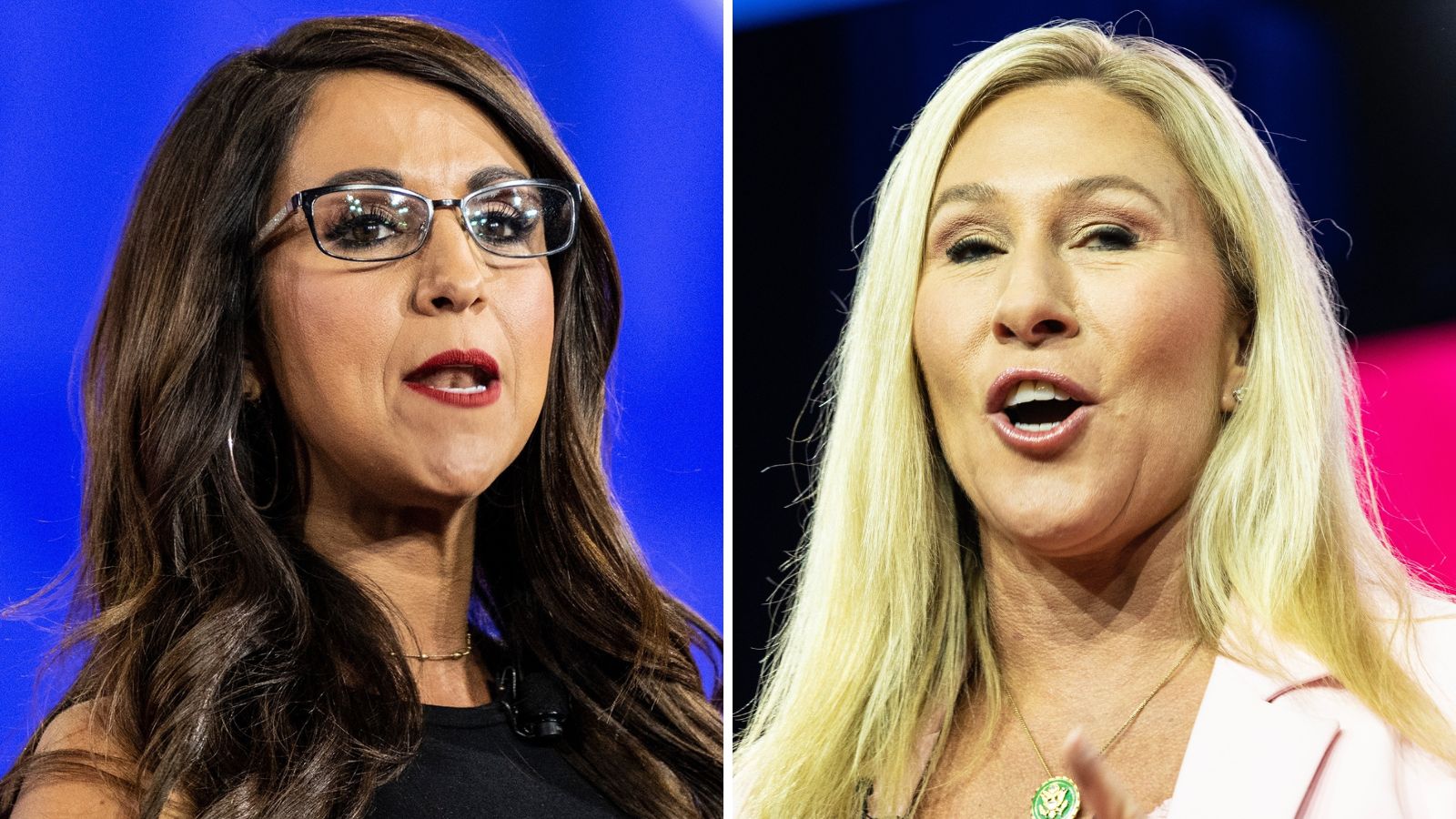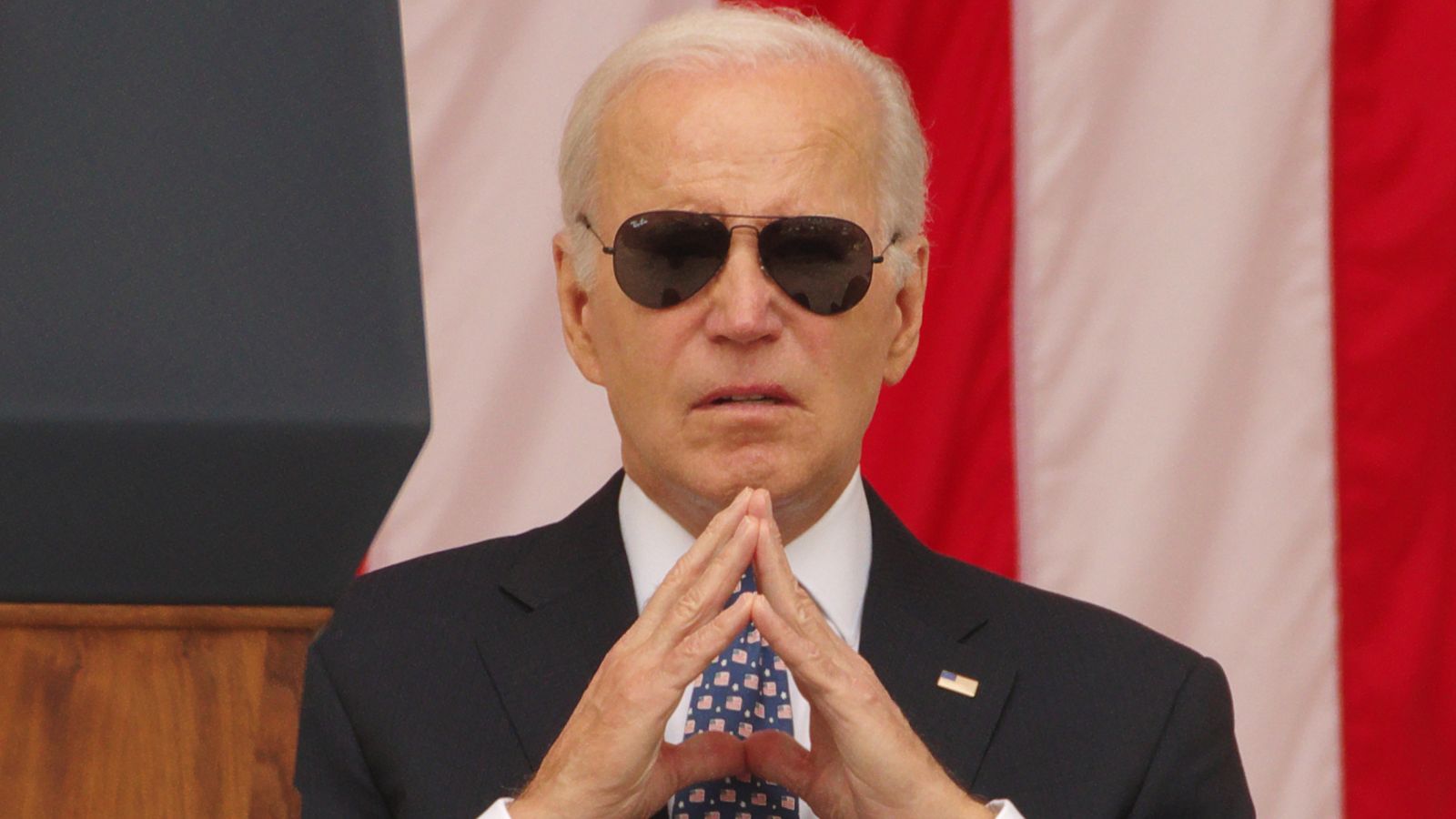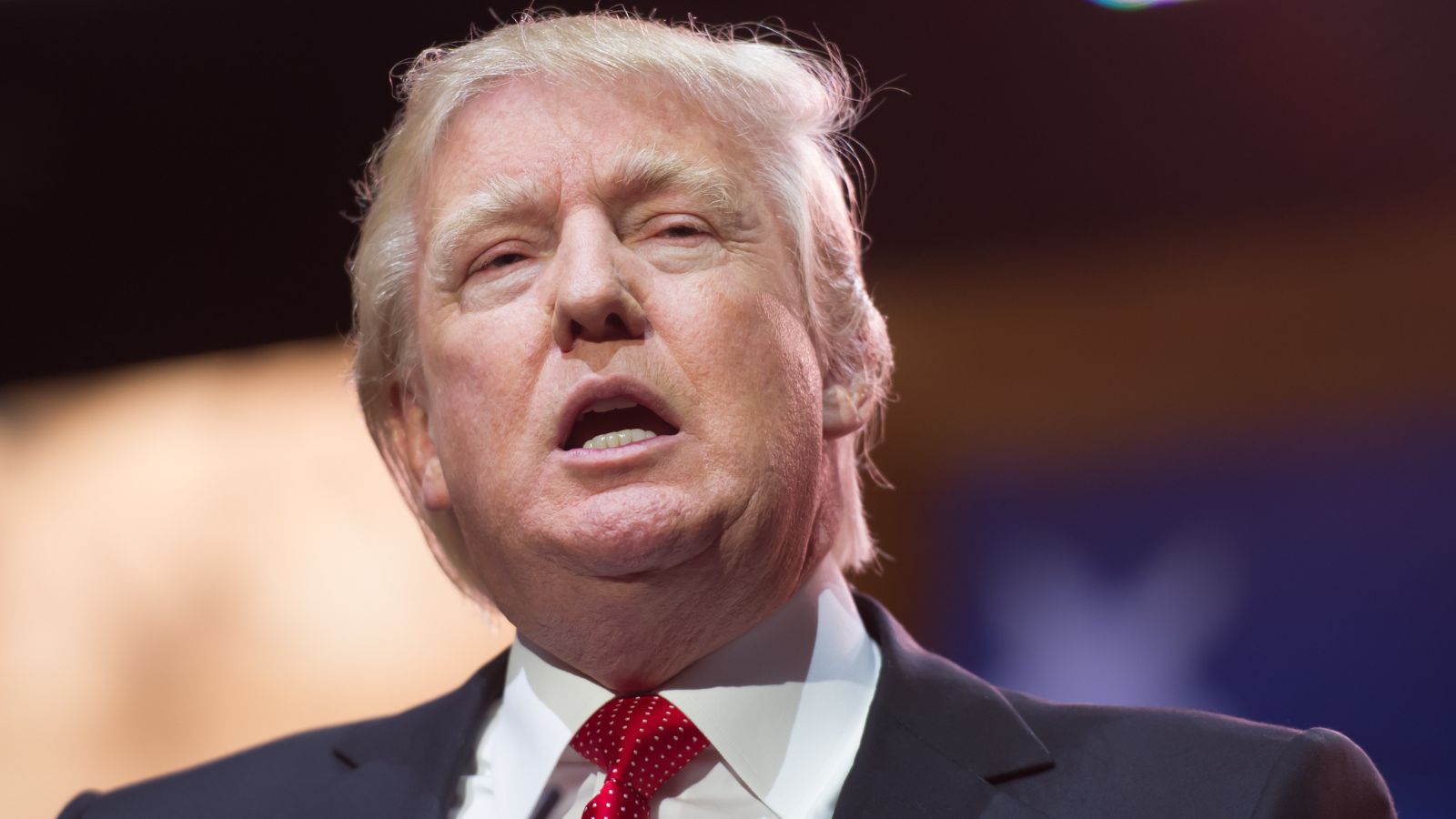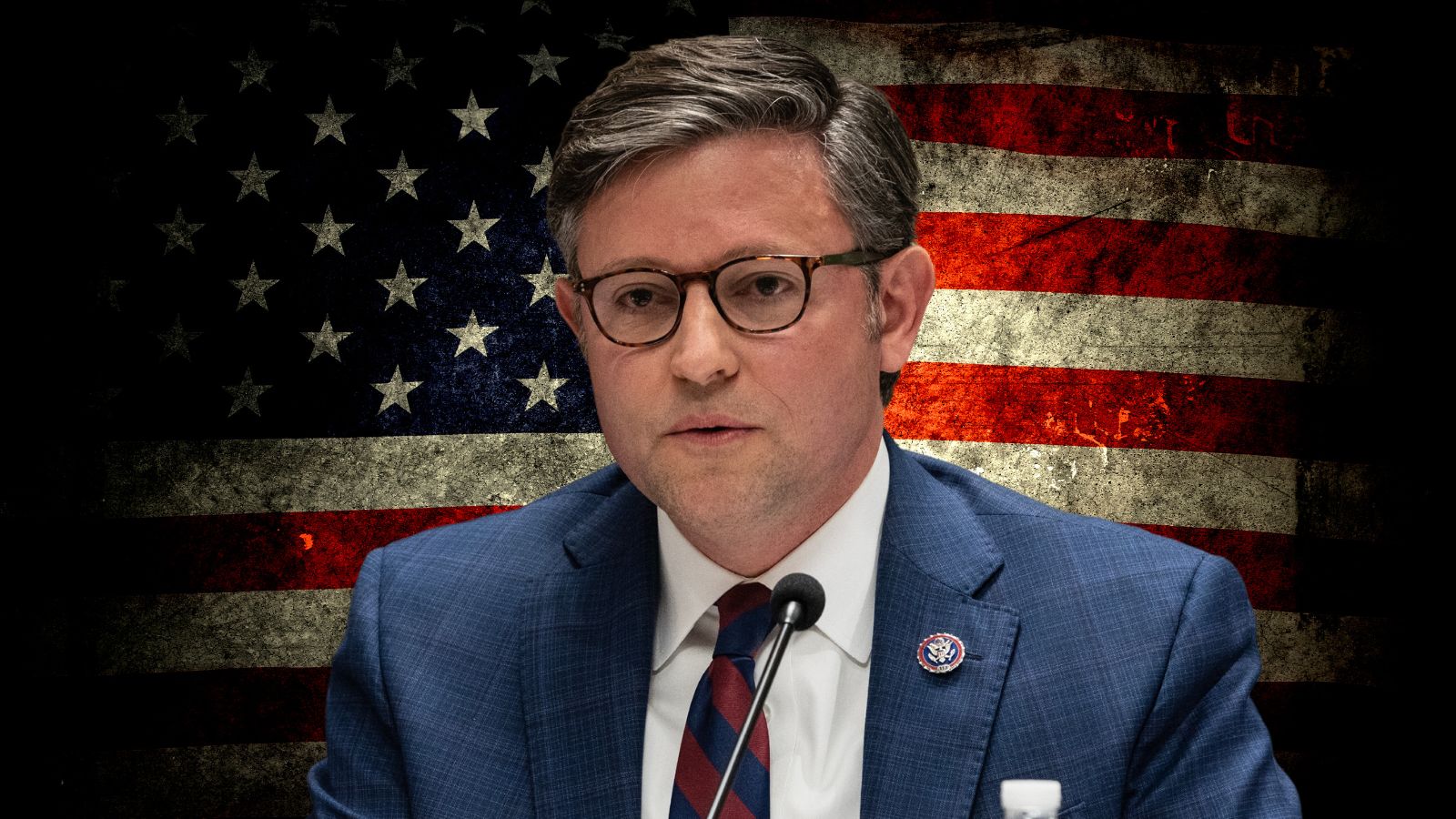Inflation has constantly increased in recent years, with prices steadily climbing in many sectors. However, recent developments suggest a potential shift to deflation, including a general price decline. This shift raises important questions about its implications and how it could reshape the economic landscape.
The Inevitability of Price Fluctuations
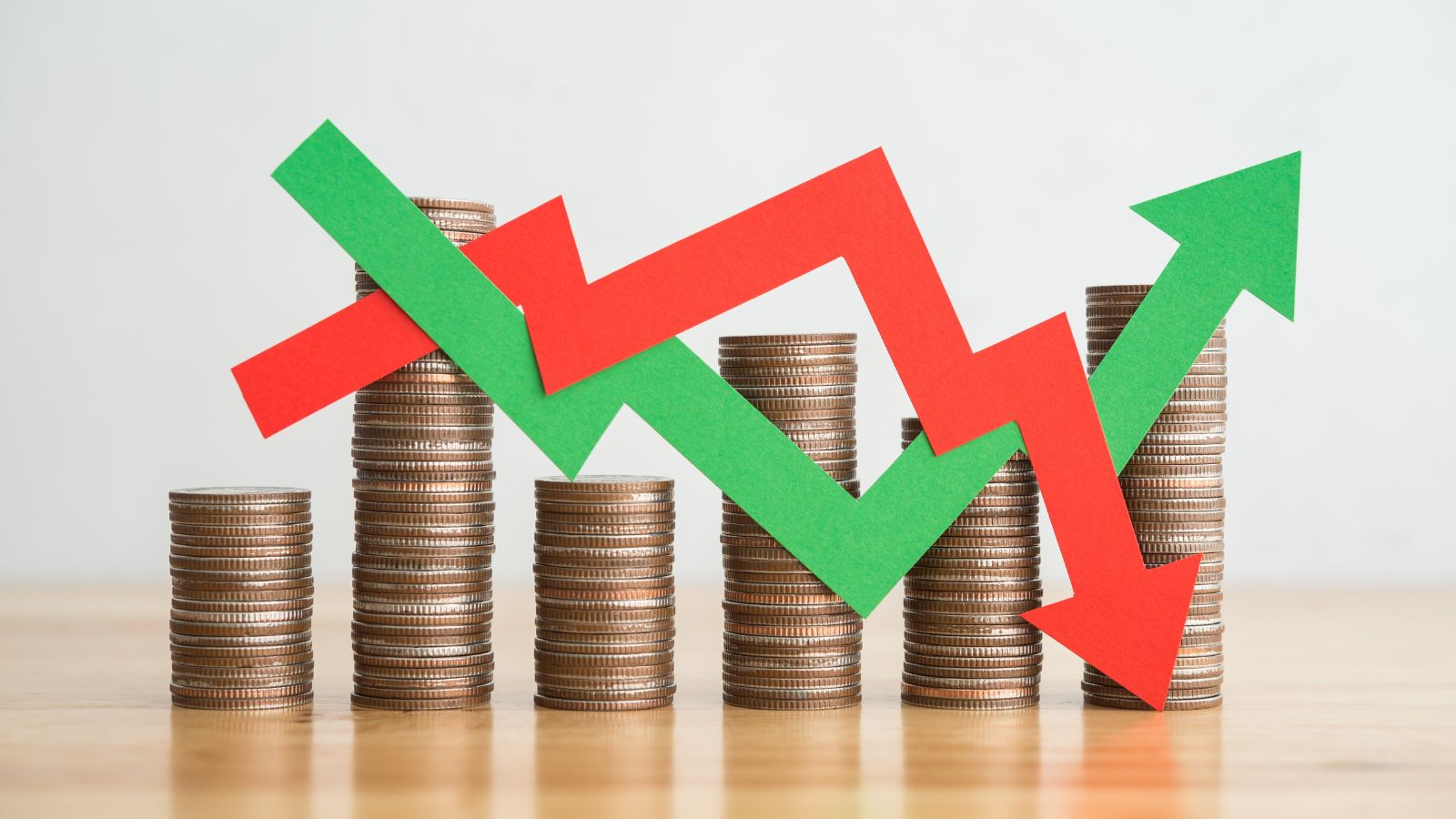
Economic cycles have always featured price fluctuations, with inflation since 2021 being particularly high. This period saw a significant rise in the cost of goods and services, impacting consumers across various sectors. The increased costs have been real, affecting household budgets and altering spending habits, from groceries to utilities.
Retail Giant Predicts Deflation

Doug McMillon, the CEO of Walmart, has predicted a deflationary period on the horizon. His perspective is significant, considering Walmart’s expansive reach in the retail sector. McMillon’s experience gives him a vantage point that sees the daily ebb and flow of consumer spending and market trends.
From High Inflation to Possible Deflation

The potential shift from the current state of inflation to deflation is a complex economic phenomenon. Deflation might seem favorable in reducing prices, but it could have wider, more serious impacts on the economy and consumer habits. This shift would alter pricing strategies and affect purchasing power and investment decisions.
Understanding Inflation Dynamics
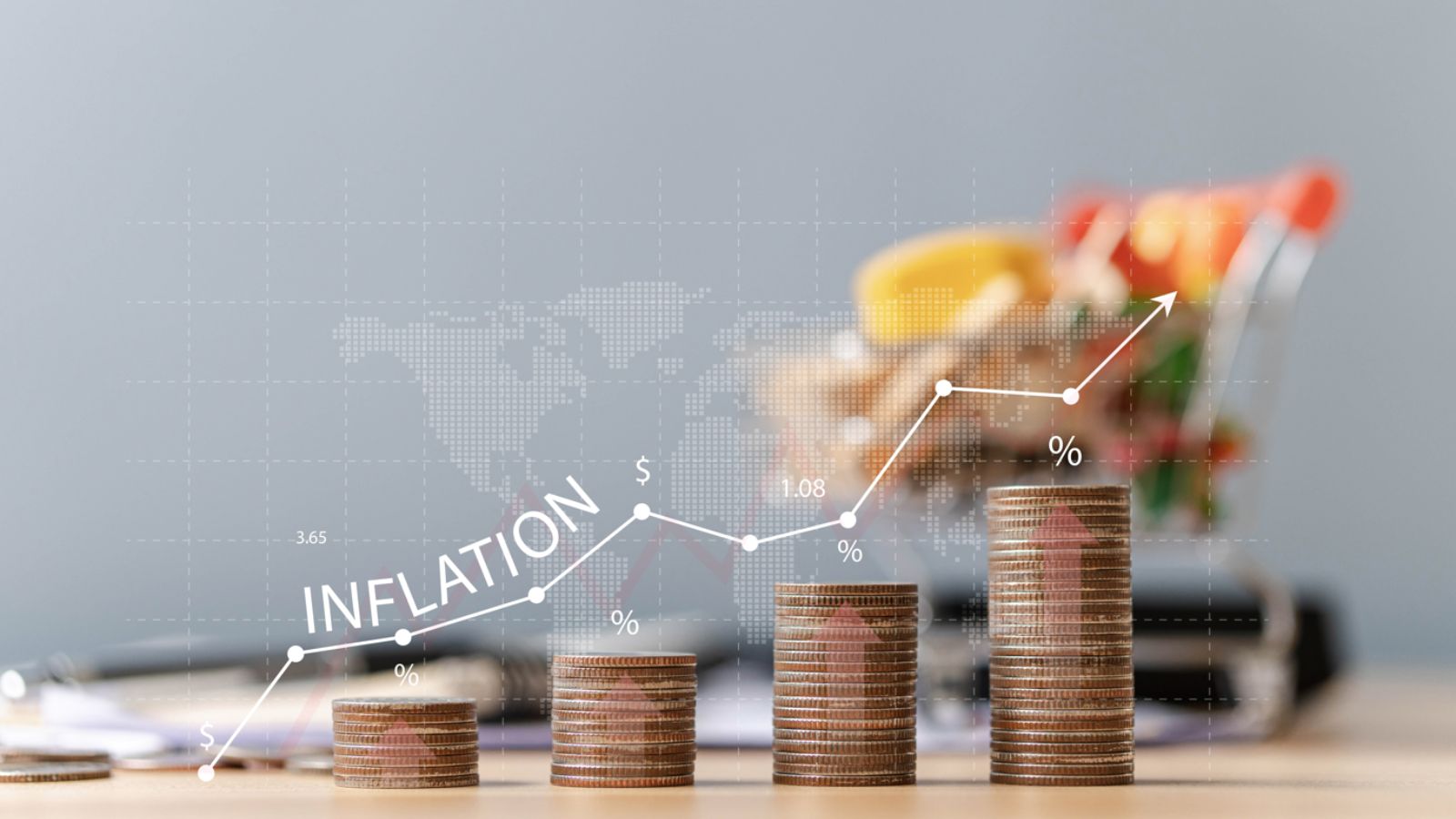
The inflation surge in 2021 can be largely attributed to a mismatch between supply and demand. With the easing of pandemic restrictions, consumer demand surged dramatically, but supply chain issues and product shortages limited supply, driving prices up. This dynamic was felt across various markets, signaling a significant shift in economic conditions.
Federal Reserve’s Response to Inflation
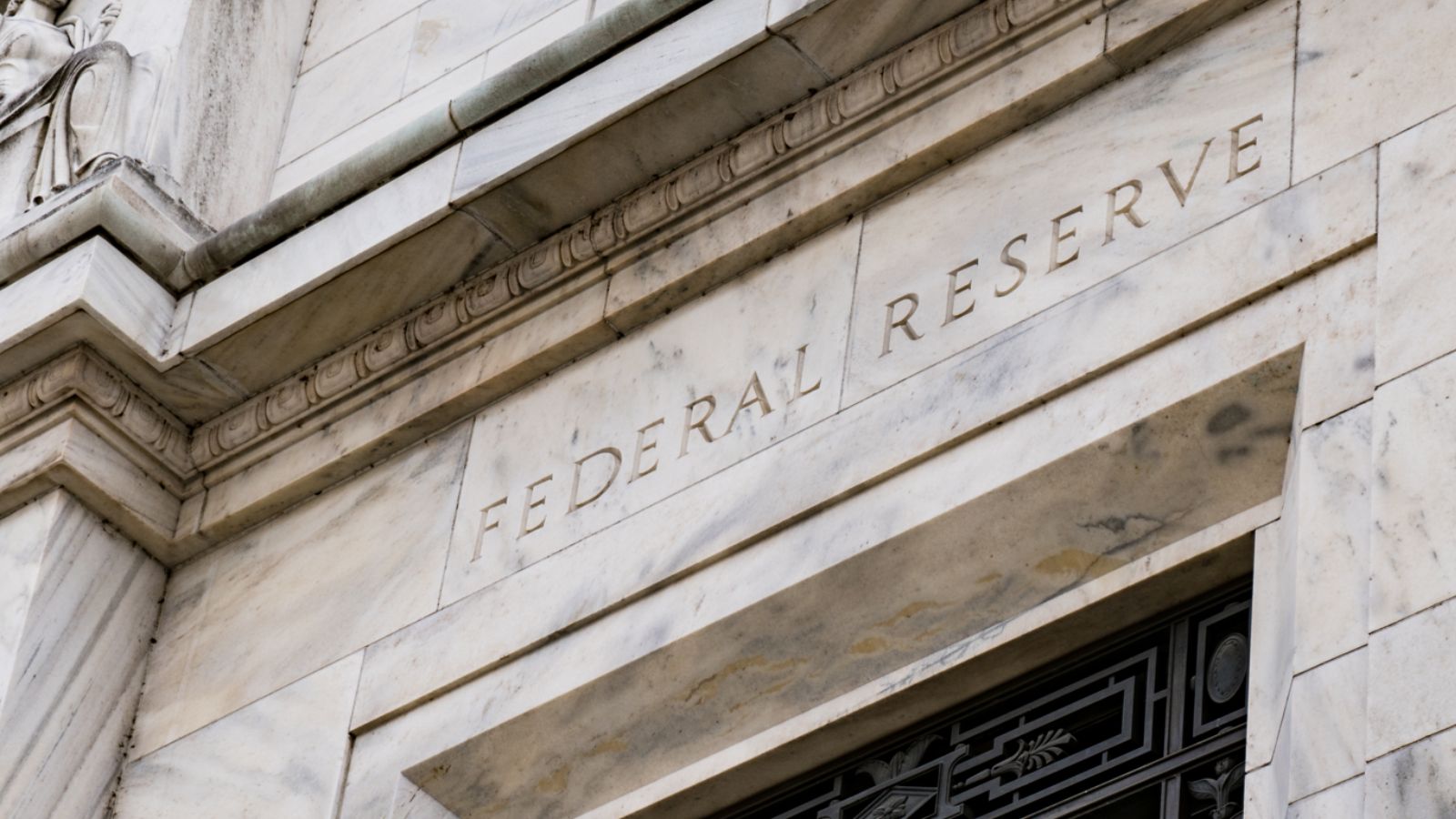
The Federal Reserve took a decisive step by increasing interest rates to combat the sharp rise in inflation. This measure aimed to cool down the overheated market by making borrowing more expensive and slowing down consumer and business spending. It was a calculated move to stabilize the economy and prevent it from overheating.
The Risk of Overcorrection

Cathie Wood of ARK Investment Management has openly criticized the Federal Reserve’s aggressive interest rate hikes. She argues that these measures might lead to an excessive suppression of demand. She argued that this move could tip the economy into a deflationary state.
Early Signs of Deflationary Trends
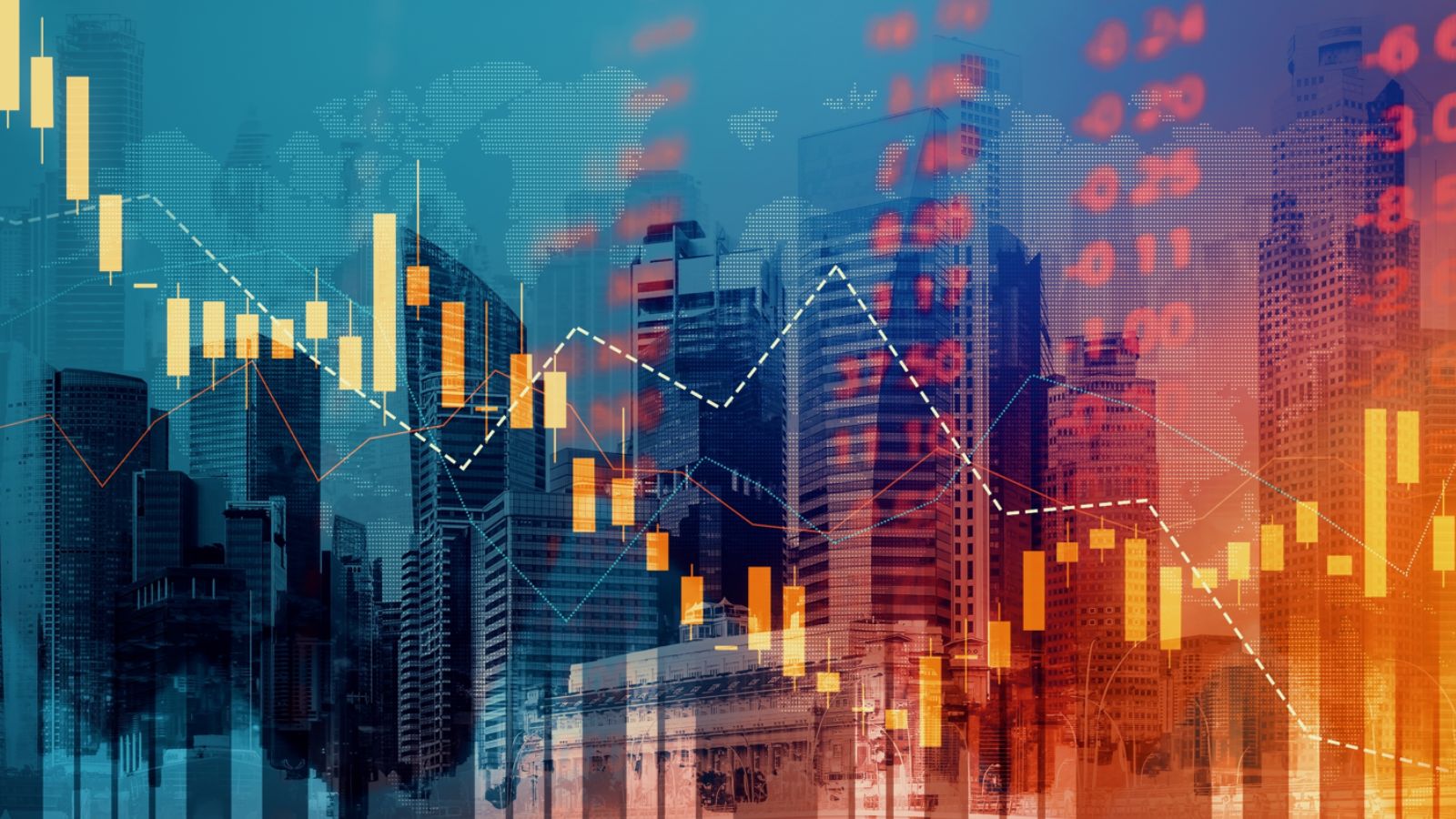
Wood has observed declining trends in the prices of commodities, airfare, and cars, suggesting the onset of deflation. Her perspective is based on broad market analysis, indicating a potential Consumer Price Index (CPI) shift. This could signify a general decrease in prices across various sectors.
A Slowing Inflation Rate
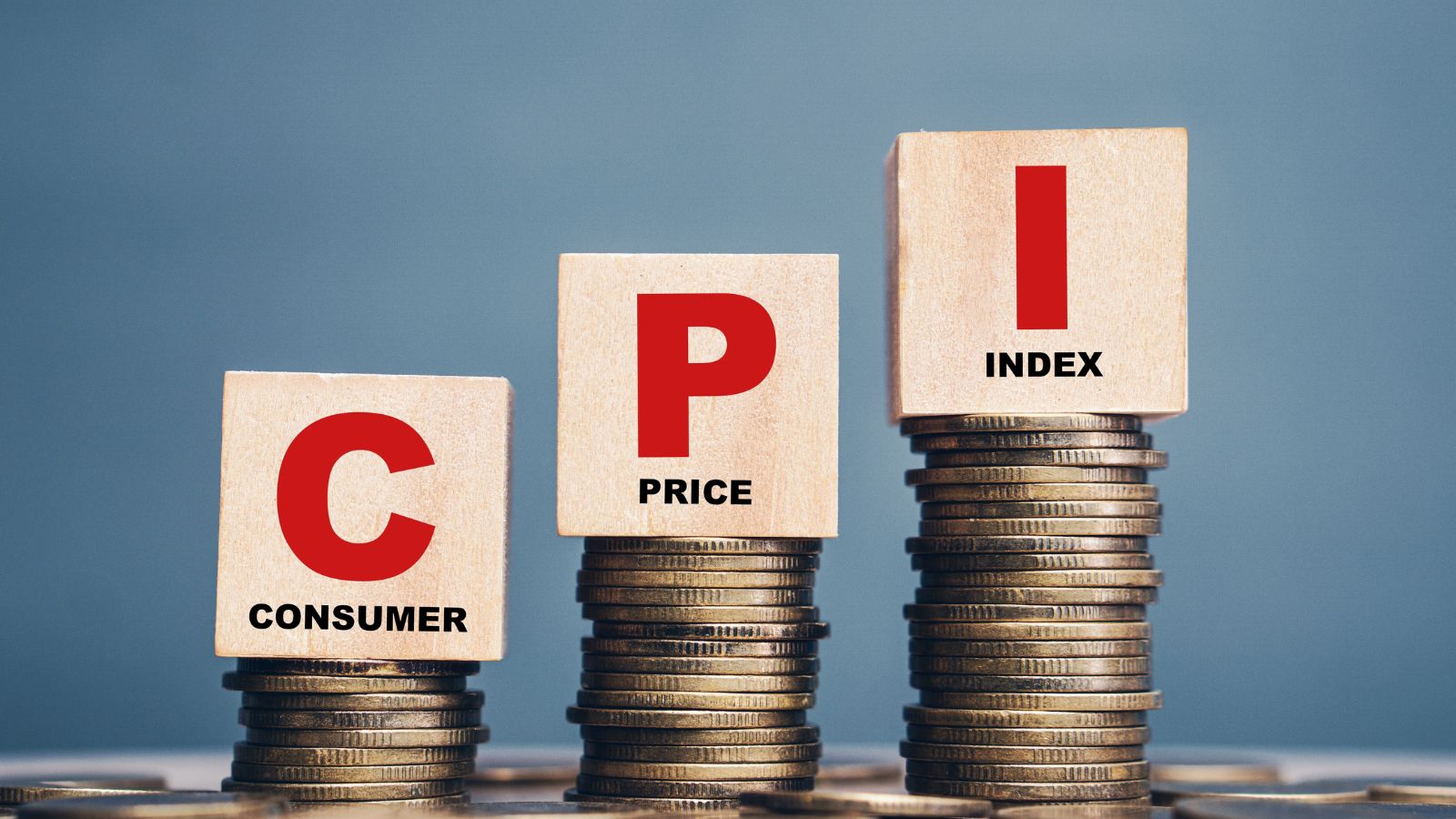
The Consumer Price Index is a key indicator of inflation. It has shown a slowing trend in recent months. From a high of 9.1%, the rate has reduced to 3.2%, signaling a possible easing of inflationary pressures. This deceleration is critical as it influences economic policy and consumer confidence.
Predicting a Deflationary Future
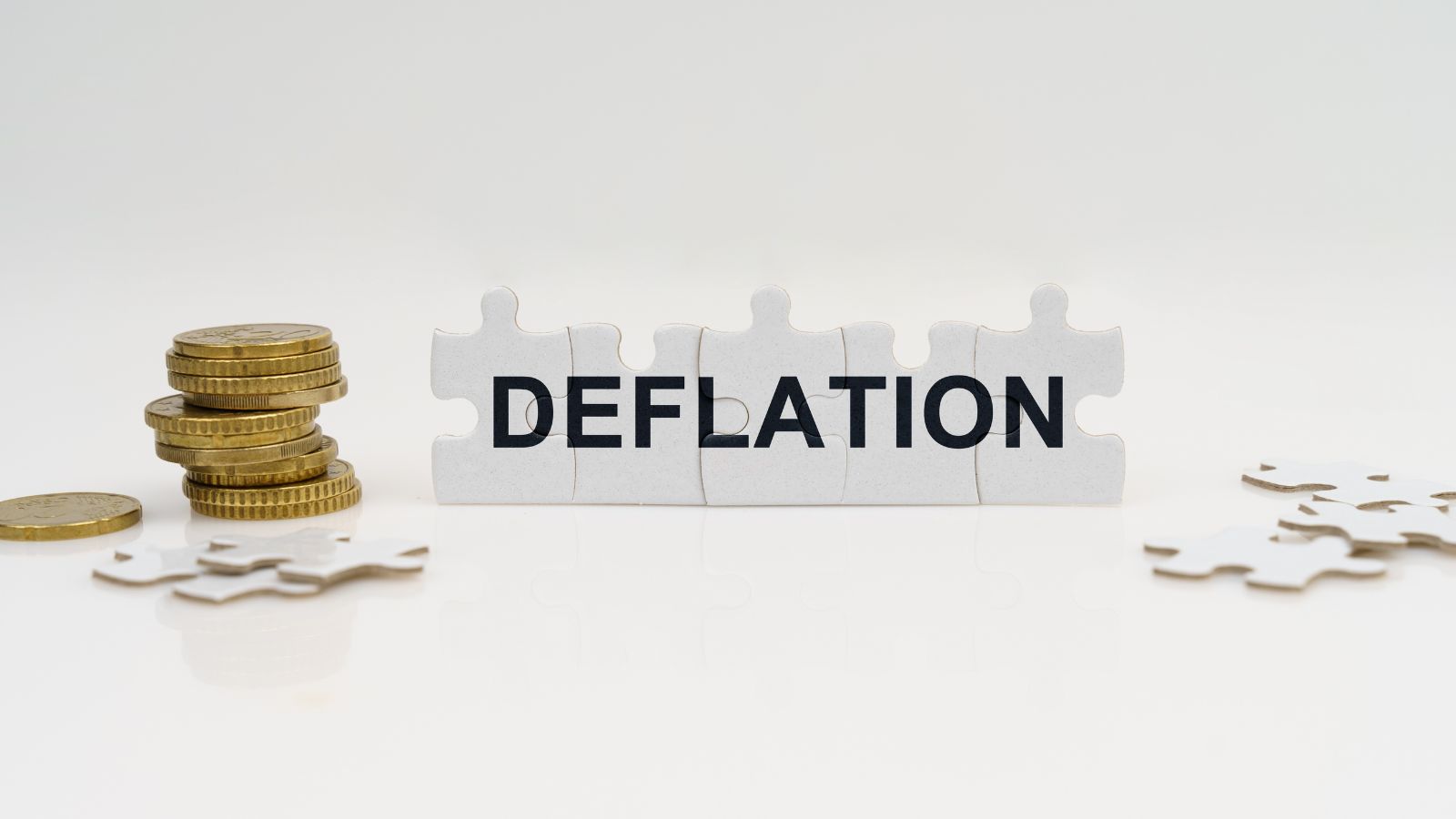
Despite the current trends, Wood firmly believes that deflation could be a reality in the near future. Her forecast is based on a detailed analysis of economic indicators. It suggests that the CPI inflation rate might even dip into negative territory, marking a significant shift in economic dynamics.
The Perils of Deflation

Deflation is sometimes wrongly seen as beneficial due to its lower prices. However, it can have severe implications for the economy. It can lead to decreased consumer spending, wage cuts, and an economic downturn, as seen during the Great Depression. This potential for economic distress requires careful monitoring and responsive fiscal policies.
Recent Instances of Deflation

The U.S. last experienced notable deflation during the 2009 financial crisis. The Federal Reserve Bank of St. Louis characterized this period as brief and mild. It is a recent example of deflation’s impact, although it was less severe than historical instances. Still, many economic analysts have considered it a possible example of America’s future economic problems.
Economic Experts Weigh In on Deflation

Mark Zandi of Moody’s Analytics sees deflation as an unlikely scenario, barring major global disruptions. He highlights the potential risks of deflation, including its capacity to destabilize the financial system and trigger economic hardship. He argued that this demonstrates the need for cautious economic planning.
Retail Price Adjustments

In response to changing economic conditions, Walmart has proactively adjusted prices, particularly on high-demand items. This strategy is designed to balance the price reduction with increased sales volume. It appears this is a responsive approach to market shifts and consumer behavior.
The Balancing Act of Pricing
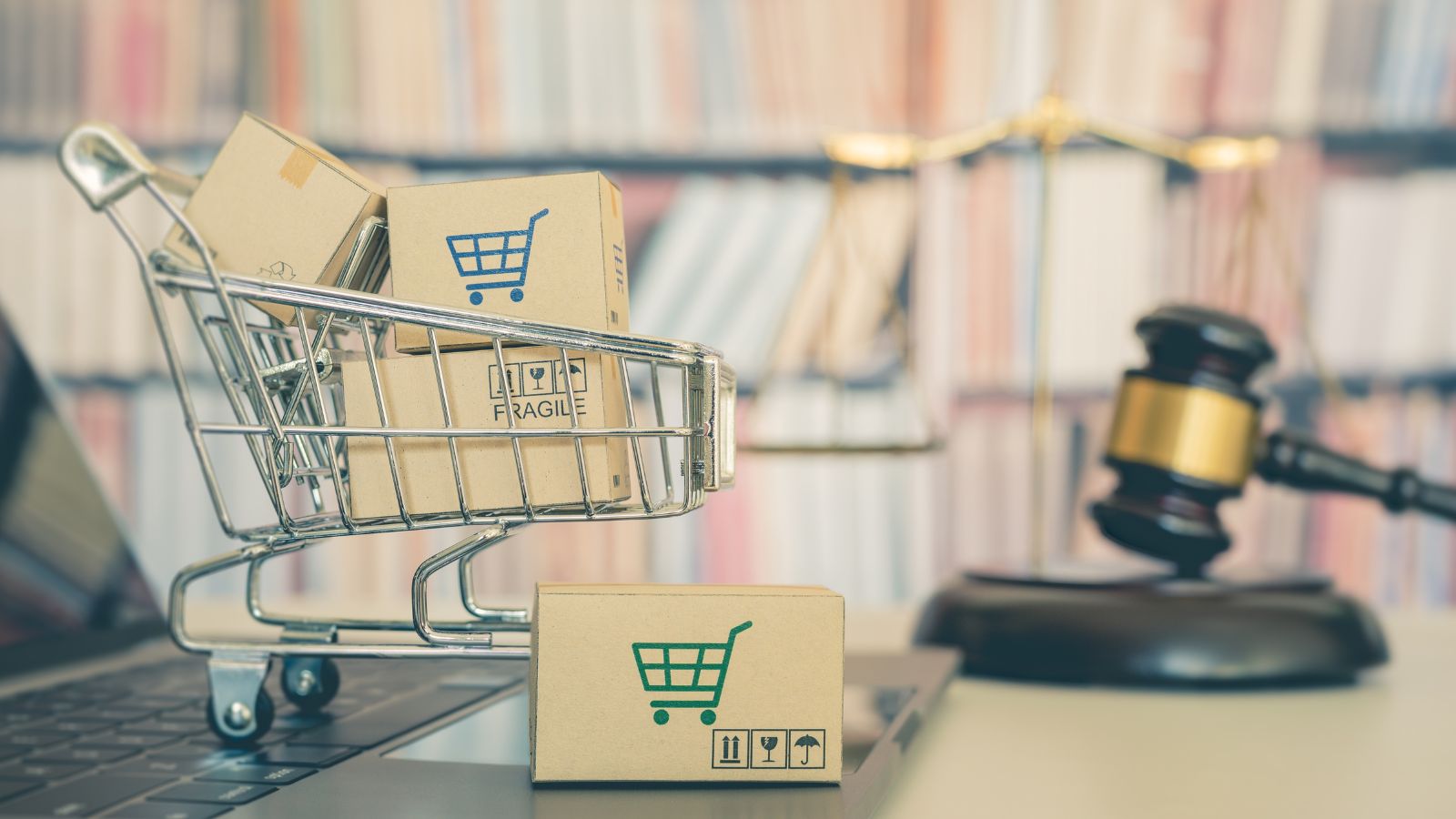
Retailers like Walmart face the challenge of managing price reductions while ensuring business profitability. This delicate balance is crucial in a potentially deflationary environment. Doing this requires strategic pricing decisions and consideration of market trends and consumer expectations.
Understanding Disinflation

The current economic phase of disinflation, where the inflation rate is slowing down, differs from deflation. This phrase means that while prices are still rising, this increase’s pace has slowed. It shows a stabilization phase in the economic cycle and influences monetary policy decisions.
Public Torn Between Corporate Greed and Government Blunders

The debate over who is responsible for the soaring prices stirs public opinion. One user argued, “I call nonsense. Corporations have jacked up prices on everything out of greed.” Meanwhile, others express deep skepticism about government policies, saying, “Get ready for this government to screw us again and again and again.”
Middle Class in Turmoil
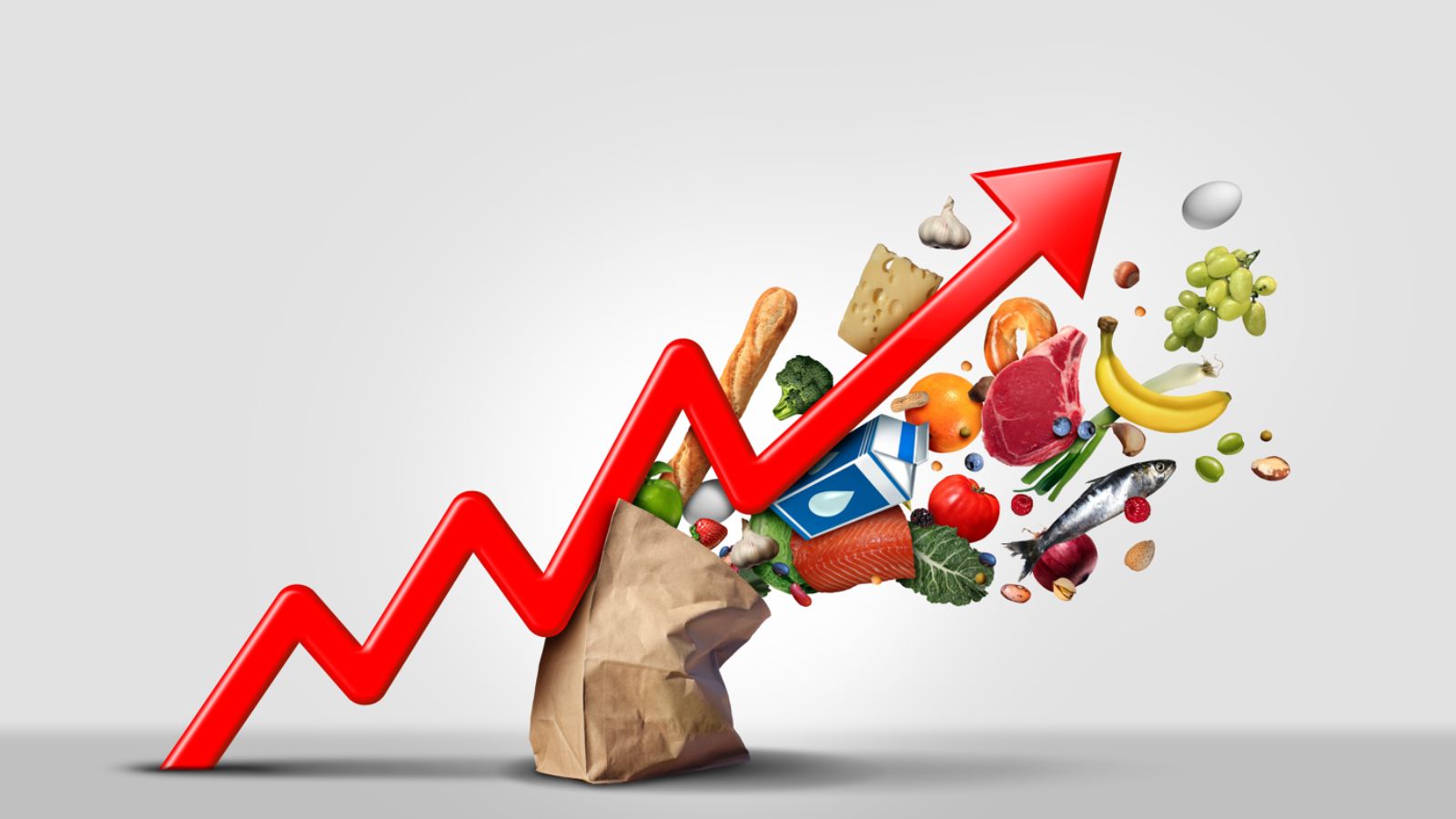
Many of the public perceives the middle class as the primary victim of current economic policies. One user said, “Sadly, the only thing deflating is the middle class. Bidenomics at its finest!” Another agreed, saying, “Deflation of what, certainly not food, gas and essentials,” highlighting the ongoing rise in prices of daily necessities.
The Illusion of Deflation

Consumers voice their frustration over what they see as deceptive inflation. One user said, “Whatever happens with the failed Xiden economy, prices MAY go down a bit, but the size of most products that SHRUNK during the past three years will never go back up.” Similarly, another user said, “Very disappointed when I looked at the most recent purchase of Dawn bought at Costco and compared it to the bottle previously purchased at same Costco. Several ounces were MISSING!”
